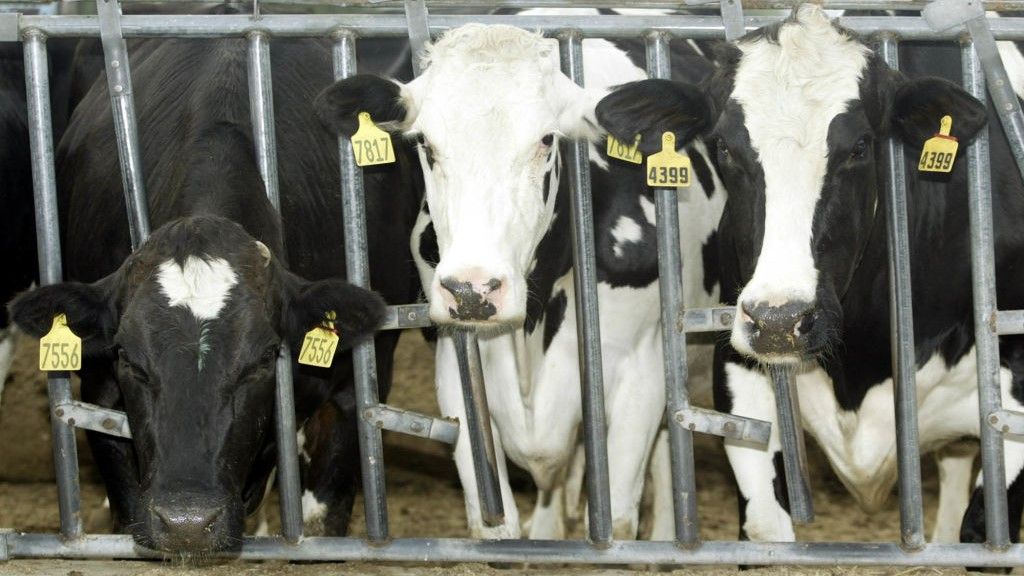The U.S. has recorded the second case of bird flu in 2024, the Centers for Disease Control and Prevention (CDC) announced on Wednesday.
The latest case was identified in a dairy farm worker in Michigan, marking the second instance of a dairy worker contracting the virus. The circumstances of this infection are similar to a March case involving a farm worker at a Texas dairy.
A nasal swab from the infected person in Michigan tested negative for influenza, but an eye swab came back positive for bird flu, indicating an eye infection, according to the CDC. The Texas case also involved only eye symptoms.
Despite the proximity of these cases, CDC officials maintain that the overall risk to human health remains low.
Details about when the Michigan worker contracted bird flu were not provided, and the Michigan Department of Health and Human Services declined to give further information due to privacy concerns.
Dr. Nirav Shah, principal deputy director for CDC, reported that the federal agency received samples from the Michigan worker on Tuesday and confirmed the positive results that night. Genetic sequencing of the virus is still pending.
The Michigan worker was employed on a farm actively monitoring for infected livestock and reported eye redness via text message, Shah said.
The CDC has reiterated that the new case does not alter their assessment of the low risk to human health, noting key factors of transmission related to how closely dairy workers interact with cows.
“We were not surprised to discover a second case,” Shah told reporters. “This does not alter our overall assessment of the risk.”
However, the CDC has recommended that people exposed to infected birds or livestock use personal protective equipment (PPE) such as goggles, N95 masks, and gloves.
Michigan officials have initiated a swift public health response following the detection of influenza A, or H5N1, in local poultry and dairy herds.
“Farmworkers exposed to affected animals have been instructed to report even mild symptoms, and virus testing has been made available,” stated Dr. Natasha Bagdasarian, Michigan’s chief medical executive. “The current health risk to the general public remains low. We are closely monitoring this virus and have not observed signs of sustained human-to-human transmission at this time.”
The U.S. saw its first known bird flu case in 2022, when an incarcerated Colorado man contracted H5N1 from chickens he had been slaughtering. His only symptom was fatigue, and he recovered after antiviral treatment.
In the current 2024 outbreak, 40 people have been tested for bird flu, and about 170 are being actively monitored, officials said.
Federal health and agriculture officials issued an order in late April restricting the movement of cattle from infected states. This order also required testing, reporting of positive results, and genetic sequencing.
On Wednesday, Eric Deeble, deputy assistant secretary of the U.S. Department of Agriculture, announced expanded financial support for dairy farms as a biosecurity measure and to reduce virus spread. The USDA will cover testing costs and compensate farmers for lost income from ill cows. These payments will be retroactive.
Dawn O’Connell, assistant secretary for the Administration for Strategic Preparedness and Response, announced that the agency is bolstering PPE stockpiles in five states and ensuring Tamiflu is available to regions lacking their own reserves. The U.S. Department of Health and Human Services has also begun the fill-and-finish process for approximately 4.8 million doses of vaccine matched to the current H5N1 strain through the National Pre-pandemic Influenza Vaccine Stockpile Program. Distribution of the shots has not yet begun.
O’Connell emphasized the importance of readiness: “This step further strengthens our preparedness posture.”



